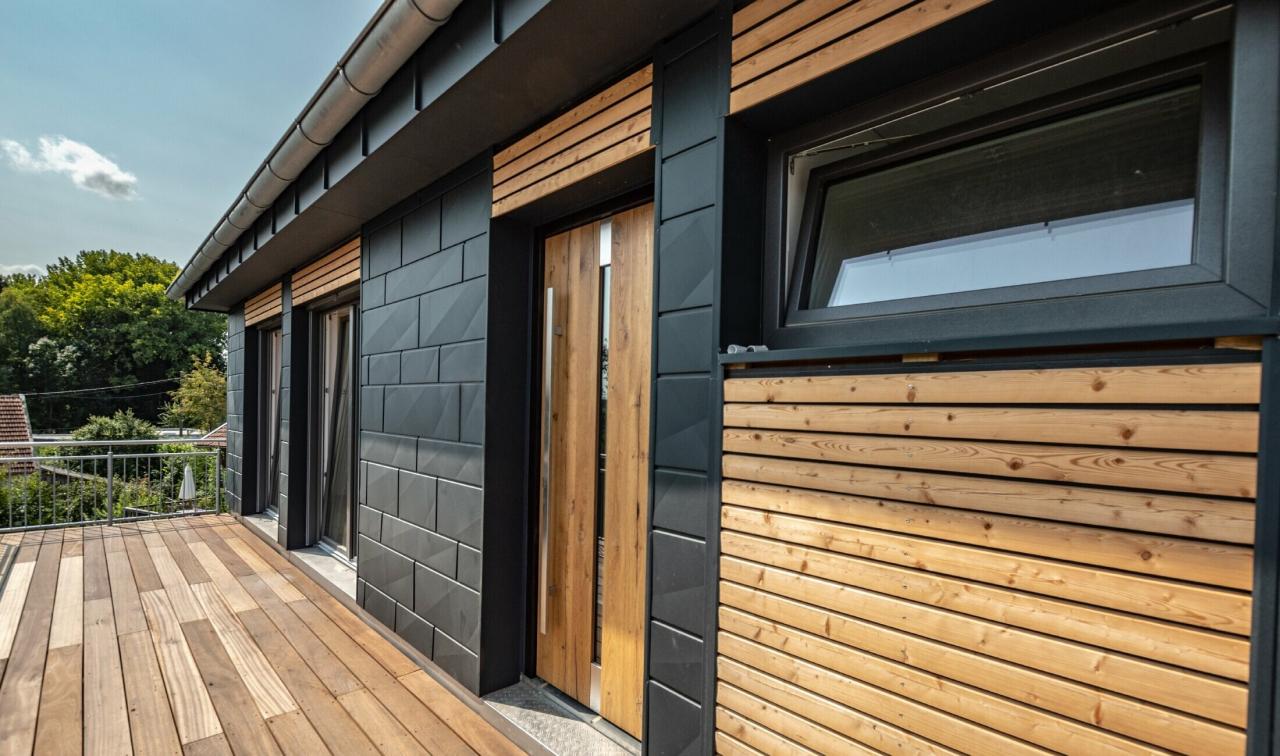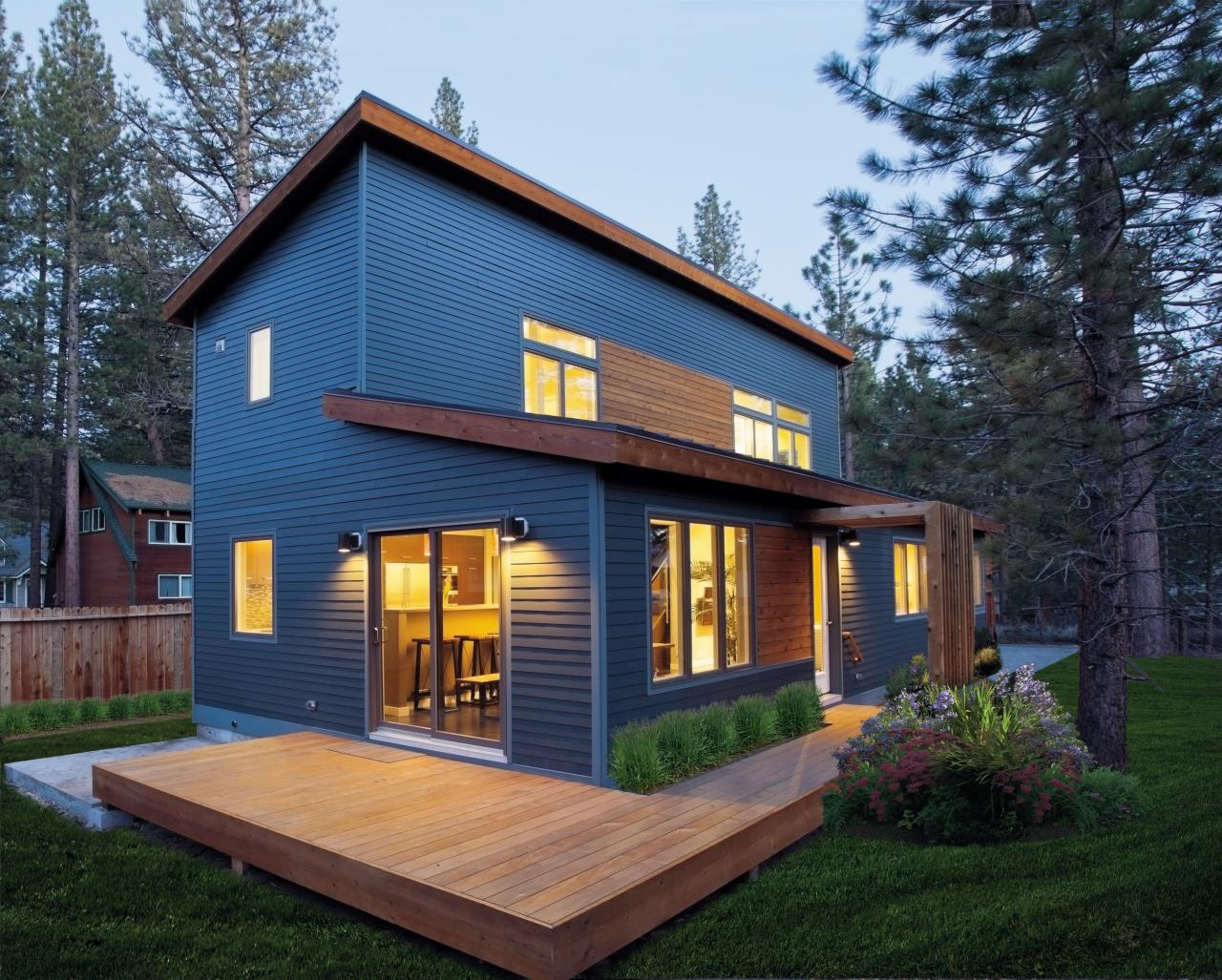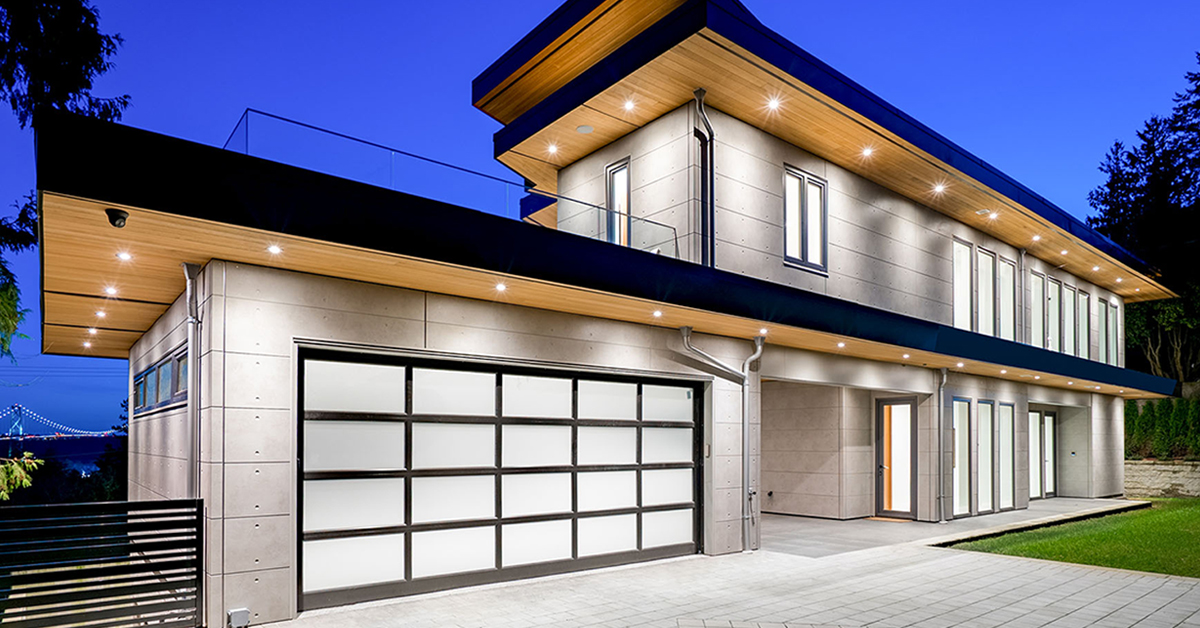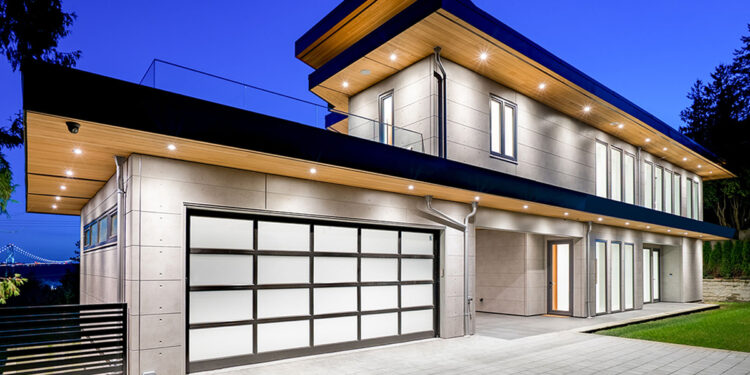Exploring the realm of Siding Innovations in Prefabricated Home Construction, this introduction delves into the crucial role of siding in modern housing, shedding light on innovative materials and techniques that are reshaping the construction landscape.
As we navigate through the various types of siding innovations, installation methods, and maintenance practices, a detailed overview will showcase the importance of sustainability and efficiency in this evolving sector.
Importance of Siding Innovations in Prefabricated Home Construction
Siding plays a crucial role in prefabricated home construction as it not only enhances the aesthetic appeal of the building but also provides protection against external elements. Innovations in siding materials and techniques have significantly impacted the efficiency of the construction process, making it faster, more cost-effective, and environmentally friendly.
Popular Siding Materials Used in Prefabricated Construction
- Vinyl Siding: Known for its durability, low maintenance, and versatility, vinyl siding is a popular choice in prefabricated home construction.
- Fiber Cement Siding: This composite material offers the appearance of wood siding without the maintenance requirements, making it a durable and long-lasting option.
- Metal Siding: Metal siding, such as steel or aluminum, provides a modern look and excellent protection against fire, insects, and rot, making it a preferred choice for many prefabricated homes.
- Wood Siding: Despite requiring more maintenance, wood siding remains a classic choice for its natural beauty and warmth, adding a timeless appeal to prefabricated homes.
Types of Siding Innovations for Prefabricated Homes

When it comes to siding innovations for prefabricated homes, there are various options available that offer both aesthetic appeal and practical benefits. Let's explore different types of innovative siding materials and how they compare to traditional options.
Fiber Cement Siding
- One innovative option for prefabricated homes is fiber cement siding, which is a durable and low-maintenance material.
- Compared to traditional materials like wood or vinyl, fiber cement siding offers superior resistance to rot, fire, and insects.
- Additionally, fiber cement siding is available in a wide range of colors and styles, allowing homeowners to achieve their desired look.
Engineered Wood Siding
- Engineered wood siding is another popular choice for prefabricated homes, offering the natural beauty of wood with added durability.
- This innovative material is designed to resist moisture, pests, and rot, making it a long-lasting option for exterior cladding.
- Furthermore, engineered wood siding is typically more eco-friendly than traditional wood siding, as it is often made from sustainable materials.
Recycled Plastic Siding
- For those looking for eco-friendly options, recycled plastic siding is a sustainable choice that utilizes post-consumer materials.
- This innovative siding material is durable, resistant to rot and pests, and requires minimal maintenance over its lifespan.
- By opting for recycled plastic siding, homeowners can reduce their environmental impact while still enjoying the benefits of a high-quality exterior cladding.
Installation Techniques for Innovative Siding in Prefabricated Homes

Installing innovative siding in prefabricated homes requires specific techniques to ensure proper installation and maximize the longevity of the structure.
Modern Installation Methods
- One modern method for installing siding on prefabricated homes is the use of interlocking panels, which provide a seamless and secure fit.
- Another technique involves the use of advanced adhesives or fasteners that are designed to withstand various weather conditions and prevent moisture infiltration.
- Some prefabricated homes may also utilize prefabricated siding components that can be easily assembled on-site, streamlining the installation process.
Step-by-Step Installation Process
- Prepare the exterior surface of the prefabricated home by ensuring it is clean, dry, and free of any debris.
- Measure and cut the siding panels to fit the dimensions of the home, taking care to leave space for expansion and contraction.
- Install the starter strip at the base of the wall to provide a level starting point for the siding panels.
- Begin installing the siding panels from the bottom up, making sure to overlap each panel to prevent water infiltration.
- Secure the siding panels using the appropriate fasteners or adhesives, following the manufacturer's guidelines for proper installation.
- Finish the installation by adding trim pieces around windows, doors, and corners to create a polished look.
Importance of Proper Siding Installation
Proper installation of siding in prefabricated homes is crucial for the longevity and durability of the structure. A well-installed siding system can help prevent moisture damage, improve energy efficiency, and enhance the overall aesthetics of the home. By following the correct installation techniques and using quality materials, homeowners can ensure that their prefabricated home remains in top condition for years to come.
Maintenance and Sustainability of Siding in Prefabricated Home Construction

When it comes to innovative siding materials used in prefabricated homes, maintenance plays a crucial role in ensuring the longevity and aesthetic appeal of the construction. Sustainable siding choices not only contribute to the eco-friendliness of the home but also reduce the need for frequent replacements, thus minimizing waste and environmental impact.
Here are some tips on maintaining and sustaining siding in prefabricated homes:
Maintenance Requirements for Innovative Siding Materials
- Regularly clean the siding with a mild detergent and water to remove dirt, dust, and other debris that can accumulate over time.
- Inspect the siding for any signs of damage, such as cracks, rot, or warping, and address them promptly to prevent further deterioration.
- Apply a fresh coat of paint or sealant as needed to protect the siding from weather damage and UV exposure.
Sustainability Benefits of Siding Choices
- Opt for sustainable siding materials like fiber cement, recycled wood, or metal that are durable, energy-efficient, and recyclable.
- Choose siding products with high insulation properties to improve energy efficiency and reduce heating and cooling costs.
- Consider investing in siding with a long lifespan to minimize the environmental impact of frequent replacements and waste generation.
Tips for Prolonging Siding Lifespan
- Perform regular inspections and maintenance to identify and address any issues before they escalate and require costly repairs.
- Keep vegetation trimmed away from the siding to prevent moisture buildup and mold growth, which can compromise the integrity of the materials.
- Consult with a professional contractor for specialized care and maintenance instructions tailored to the specific type of siding used in your prefabricated home.
Closing Summary
In conclusion, the journey through Siding Innovations in Prefabricated Home Construction has unveiled a world of possibilities for homeowners and builders alike. From eco-friendly materials to cutting-edge installation techniques, the future of housing is indeed bright and sustainable.
Query Resolution
What are the benefits of using eco-friendly siding materials in prefabricated construction?
Eco-friendly siding materials offer sustainability, energy efficiency, and reduced environmental impact compared to traditional options.
How can proper siding installation contribute to the longevity of a structure?
Proper installation ensures that siding materials are secure and protected, preventing damage and increasing the lifespan of the home.
What are some popular siding materials used in prefabricated construction?
Popular siding materials include vinyl, fiber cement, wood, and metal, each offering unique benefits in terms of durability and aesthetics.









